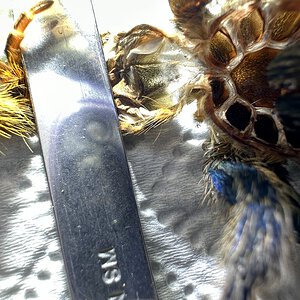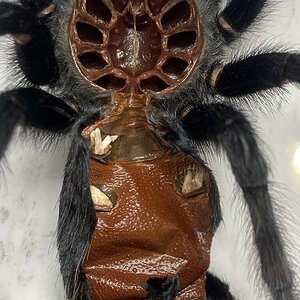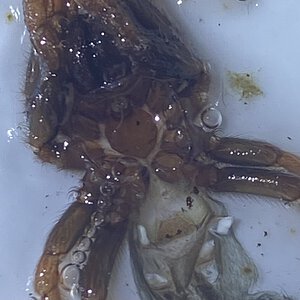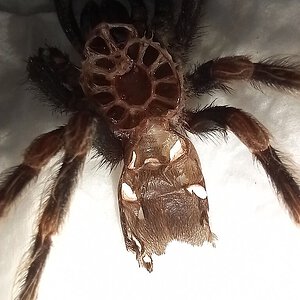Media information
- Category
- Spermathecae sexing (Molts)
- Added by
- cjpen
- Date added
- View count
- 446
- Comment count
- 5
- Rating
- 0.00 star(s) 0 ratings
Image metadata
- Filename
- 65C65CBF-14A4-4FBA-9321-24808A5D6394.jpeg
- File size
- 2.4 MB
- Dimensions
- 4032px x 3024px







